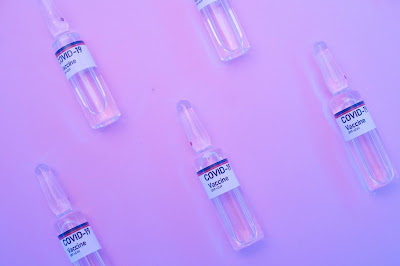
Viral conjunctivitis is a highly contagious acute conjunctival infection usually caused by an adenovirus. It is most commonly caused by contagious viruses associated with the common cold. Symptoms include irritation, photophobia, and watery discharge. Treatment of viral conjunctivitis begins with the proper diagnosis performed by a qualified physician. This condition is more prevalent in infants and children, but anyone who experiences symptoms should seek medical attention immediately.
Currently, aciclovir, trifluridine, and valaciclovir are commonly used viral conjunctivitis drugs. Aciclovir, also known as acyclovir, is converted to its triphosphate form, acyclovir triphosphate (ACV-TP), which competitively inhibits viral DNA polymerase, incorporates into and terminates the growing viral DNA chain, and inactivates the viral DNA polymerase. Aciclovir was patented in 1974 and approved for medical use in 1981. The antiviral mechanism of action of trifluridine involves inhibition of viral DNA synthesis. Trifluridine monophosphate irreversibly inhibits thymidylate synthetase, and the triphosphate competitively inhibits DNA polymerases concerning thymidine triphosphate. Valaciclovir (valacyclovir), also known as Valtrex, is an antiviral drug that is converted to acyclovir. It is later changed into its triphosphate form, acyclovir triphosphate (ACV-TP). ACV-TP has the ability to contain viral DNA polymerase. It can halt the growth of the viral DNA chain, and inactivate the viral DNA polymerase.
The emergence of Covid-19 has also led to increasing cases of viral conjunctivitis. Conjunctivitis, nausea or vomiting, and diarrhea are some of the symptoms of novel coronavirus and are included in the list. In the U.S. from 3 January 2020 to 7:07 pm CEST, 9 August 2021, there have been 35,501,444 confirmed cases of COVID-19 with 611,504 deaths, reported to WHO. As of 5 August 2021, a total of 350,622,649 vaccine doses have been administered. Such a scenario is expected to boost the adoption of viral conjunctivitis drugs.
